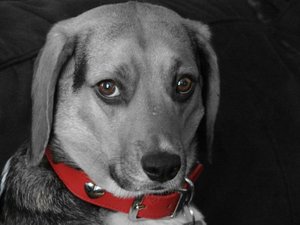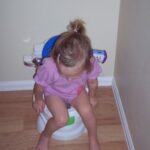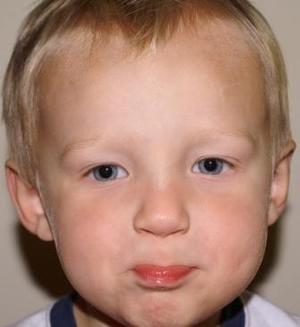Now that your dog has had its ACL surgery and has returned home, its time to address what to expect while caring for your dog. Here you find some of my helpful tips about wound care, eating and drinking, going potty and more.
Wound care:
Wound care is an important part of any recovery. The amount of wound care your dog will require will depend on your veterinarian. They may or may not dress your dog’s wound before sending it home. You should be sure to discuss wound care with your veterinarian before taking your dog home after surgery. You’ll also want to make sure that your dog doesn’t do any “cleaning” of its own. Keeping your dog from licking its incision is very important, so important in fact that some dogs are forced to wear a cone around their head to prevent them from licking.
Eating and drinking:
Most veterinarians will tell you to slowly increase your dog’s quantity of food back up to its normal amount. This will allow time for your dog to readjust after such a traumatic event. You may notice that your dog isn’t very interested in food or water at first, and that can be alarming. It’s hard not to worry, but it is completely normal for your dog not to feel like eating or drinking in the beginning. If you are truly concerned or it has been more than 24 hours since your dog last ate or drank, you should contact your veterinarian right away.
Going potty:
Now that your dog is now down to three legs going potty can be a chore for both you and your dog. It is important to remember that even when your dog is going to the potty you have to be very vigilant when it comes to the use of the affected leg.
Getting your dog from its resting area to its potty area and supporting its weight while it goes potty can be quite overwhelming. If you have a smaller dog you can simply carry him or her to the potty area, but if you have a larger dog he or she may have to walk to the potty area. No matter its size, your dog may need you to support to its rear end to help relieve some of the strain on the injured leg while it goes potty. There are several ways to provide this needed support.
- The first and the cheapest way, is to simply place your hands under the dog to prevent it from putting full weight on the leg.
- You can use a towel, bed sheet, pillow case, or any other material you may have to wrap around the dogs rear end to take on some of the weight off the leg.
- Lastly, you can purchase a rear support harness. This harness functions much like a normal dog harness and leash, except that it is placed on the dogs rear end. Rear support harnesses do cost more than the other options, however they aren’t overly expensive.
Resting or Confinement:
Your dog will take any where from 8-12 weeks to fully recover from ACL surgery. During this time, the most important thing you can do for your dog is to keep it off its leg. Resting the leg and allowing it to heal properly will save you and your dog a lot of pain and aggravation later. People will suggest crating your dog to prevent it from wandering around the house when you are away. Crating isn’t the best option, but if you are a working family may have no choice.
No one can truly prepare you for what it will be like when caring for your dog. With a little time and a lot of patience, you and your dog will find ways to make all things possible. If you have any questions or concerns about your dog during it’s recovery or at any other time, do not hesitate to contact your veterinarian. The Internet is a wonderful source for information, but should never be used in place of a medical professional.
More from Threesia:
ACL Injury in Dogs — What You Can Expect from Diagnosis to Surgery
What to Expect After Your Dog’s ACL Surgery




